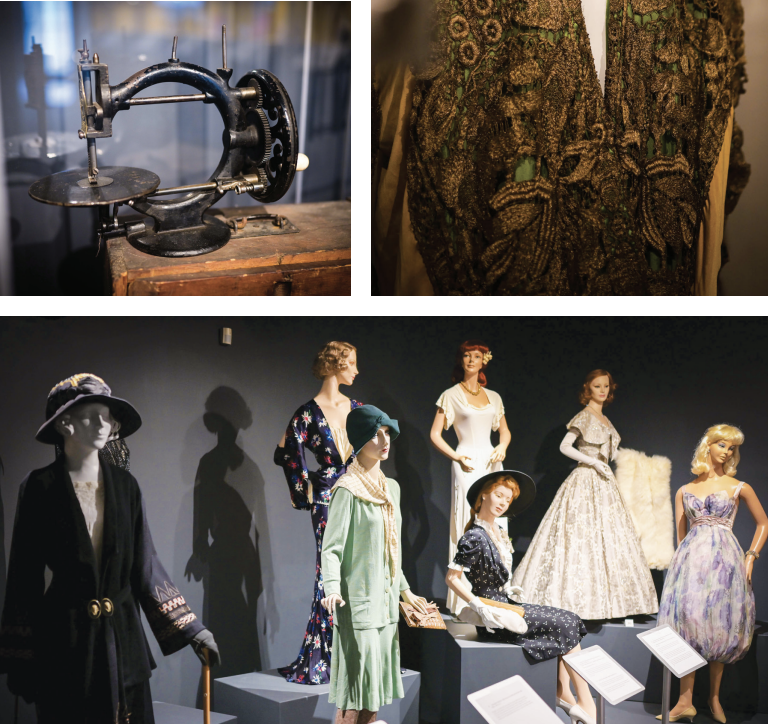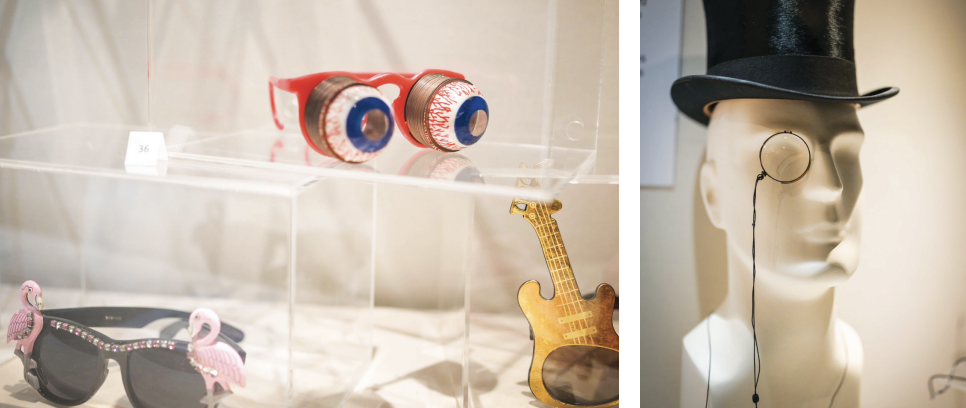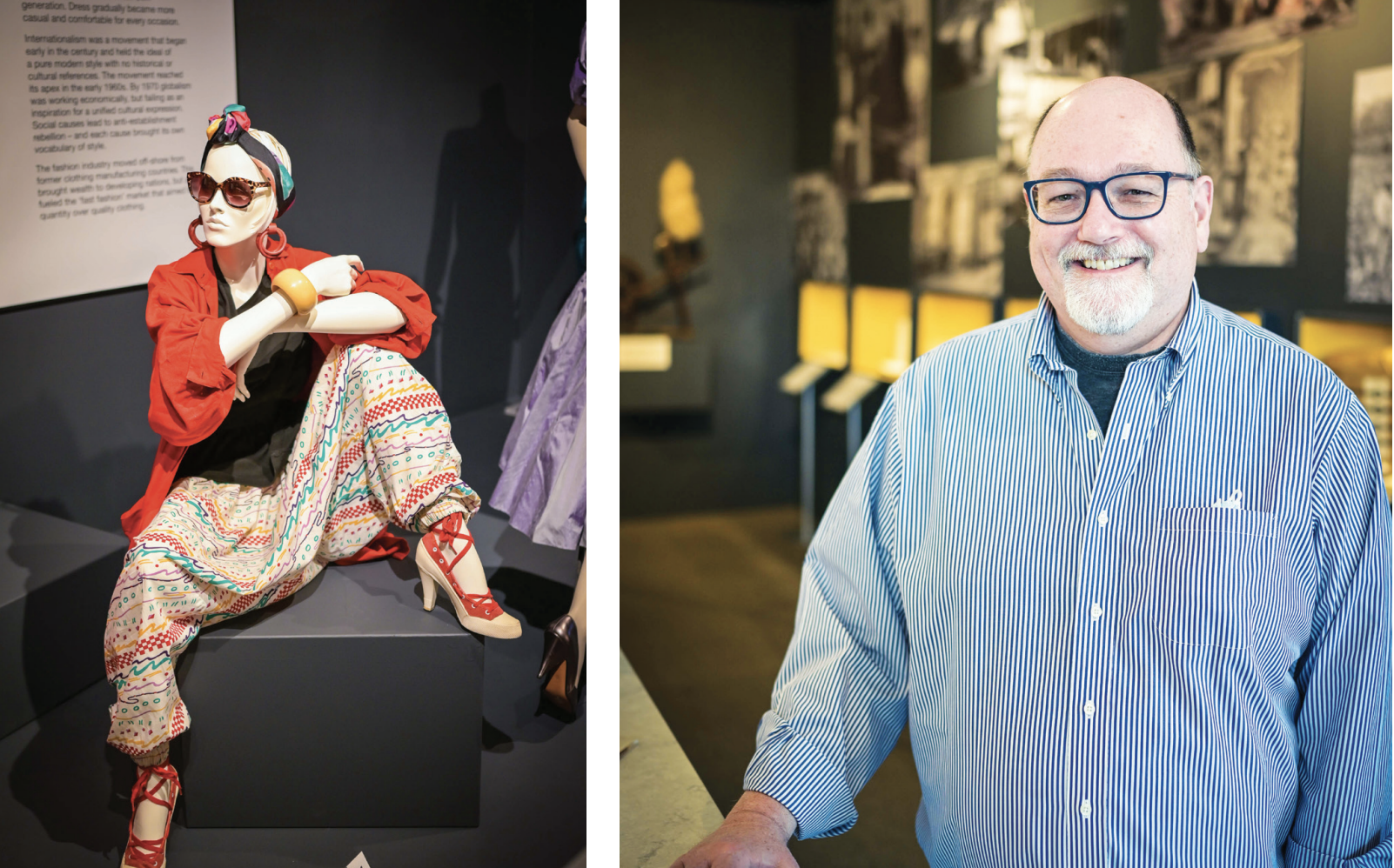After a pilot gallery in a former ironworks factory, Cambridge’s Fashion History Museum found its new home at the Old Hespeler Post Office. The museum was established by founder, director and curator Jonathan Walford in 2004 and registered as a charity in 2009. Walford began his efforts by curating traveling exhibitions that toured across Canada and abroad, including a shoe exhibit in Hong Kong.
The museum currently houses over 12,000 pieces from over four centuries and a library archives research center that houses over 9,000 titles and pieces.
“[The mission is] about really promoting fashion history to the general public for an understanding of where we come from and being inspired for the future,” Kenn Norman, co-founder and chair of the Fashion History Museum, said.

When the City of Cambridge purchased the Old Post Office, the museum was able to expand into the full space. This change was helpful for the museum as it came at a time when COVID-19 safety regulations were in effect, and it allowed them to set up the museum for social distancing.
Use of the whole building also allowed the museum to create a gallery dedicated to two-dimensional objects. The same space is also used for events such as seminars and workshops. Portraits of Mali is the current exhibition on display. It showcases the work of two photographers between 1949 and 1972, with portfolios sponsored by the Cartier Foundation.
“It was a great opportunity to share these with the public,” Norman said.
Another notable addition is an exhibit called Three Hundred Years of Fashion that showcases fashion from 1720 to 2020.
“[It showcases] the full evolution of 300 years of fashion,” Norman said.
“Everything from the materials that are available, to the technology to create fashion—retailing, manufacturing—and then just also to the change in how we interact with our clothes.”
Norman described the museum’s inception by Walford as he worked at a living history site in
Burnaby, BC. The idea to curate came to him after he was handed a collarless shirt as a part of his costume for a 1920s village setting—similar to the Doon Pioneer Village here in town.
Upon receiving the shirt, Walford said he thought it was alright but he could do a better job of providing something more authentic to the time period.
“And that really inspired him into researching fashion history,” Norman said.
The collection has grown largely in part to the donations of other private collectors and vintage clothing dealers. For example, a vintage clothing dealer from Montreal recently donated the contents of her store to the museum after retirement.
“Collectors are amazing in this aspect, too, because usually, they focus on a very specialized area, and they get to know it inside out. And we’re able to tap into that passion and learn a lot ourselves,” Norman said.
“We actually purchased a shoe from 1660, which is one of only seven examples known in the world [and] that’s one of my current pride and joys,” Norman said. “It’s in a navy blue velvet with silver embroidery on it and white leather, and it’s just fantastic to be able to handle something that old, particularly in Canada where we’re not used to seeing these things
every day in our museums or in collections.”

In May, the Fashion History Museum will be hosting a Mother’s Day weekend event featuring
local vendors and producers of wearable art.
“We’re tentatively planning for September,” Norman said. “We’re just beginning to pull it
together now, the ‘Tweed Run’, which is a bicycle event that started off in England. And it’s based on wearing vintage while you cycle.”
For more information about The Fashion History Museum and upcoming events, visit
fashionhistorymuseum.com.




Leave a Reply